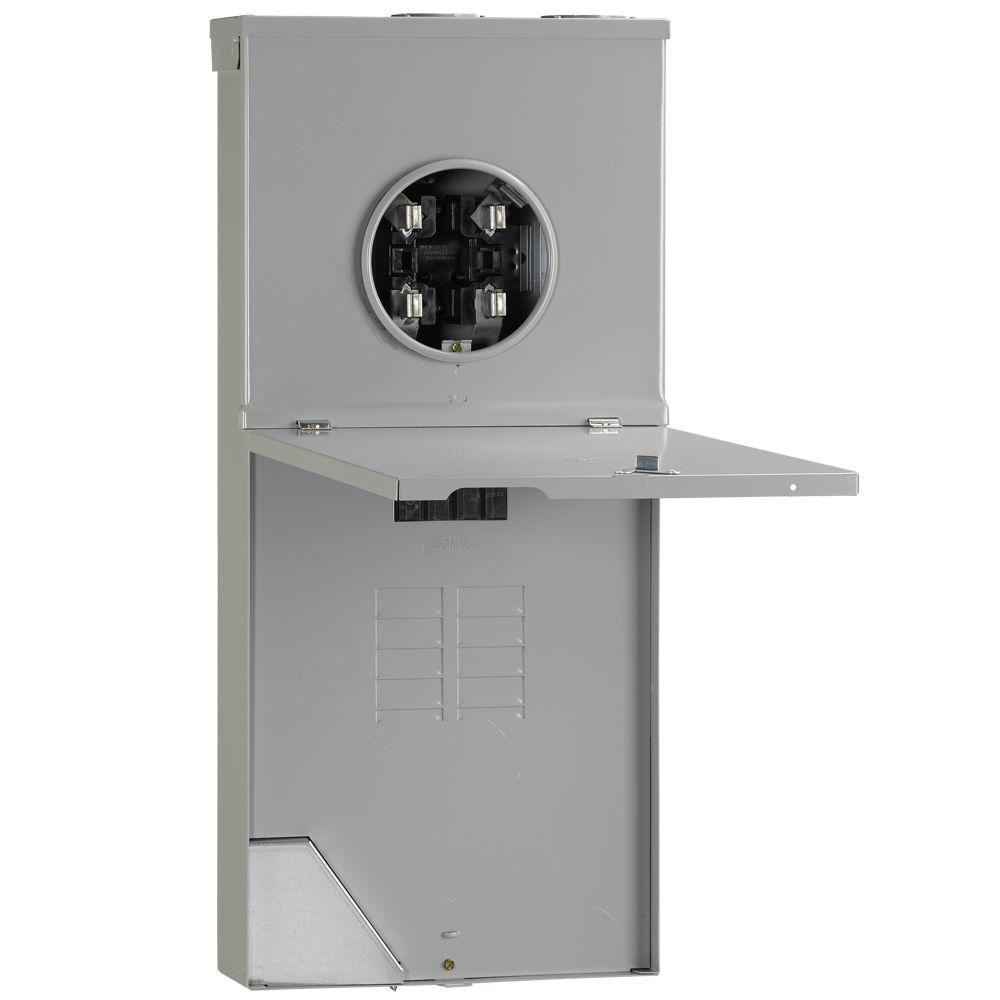Kermee
It's Not Easy Being Green
Do you think the wall connector is worth the extra $500 + install? Money isnt a huge concern here but Id rather keep the $500 unless there is a great benefit. FYI Im in socal SDGE territory and plan on charging in super off-peak hours (12-6a). My roundtrip commute during weekdays is approx 70 miles per day and prob average 20-30 miles per day on the weekend.
Havent purchased the model 3 yet but been doing a TON of research prior! From the sounds of it I would be able to take delivery in 1-2 weeks from order for the RWD black color version.
HPWC will charge at about 44 miles per hour (48A). UMC2 will charge at about 30 miles per hour (32A). If your RT commute is 70 miles per day, that gives you plenty of time to "top-off" during your Super Off-Peak Hours (12A-6A, Weekdays) with either solution.
That being said, the HPWC is a much nicer solution vs. dealing with the UMC2 as @eprosenx said for all the reasons stated. I personally use the UMC2 but it's located indoors (garage) and somewhat "mounted" as if it's a HPWC, but it's not exposed to the elements and very well protected from theft as long as I don't forget to close the garage door when I leave my home. The HPWC operates much more like a Tesla Supercharger in the context of user operation.
1. Get home.
2. Remove charging plug from holster.
3. Hit button to open the charge port door.
4. Plug in.
5. Enter home.
UMC2, assuming you're going to take it in and out of the car when you leave or come home, will turn quickly turn into a hassle. The $500 might be worth the extra investment if you and the Model 3 are going to reside at your residence for the long term.



